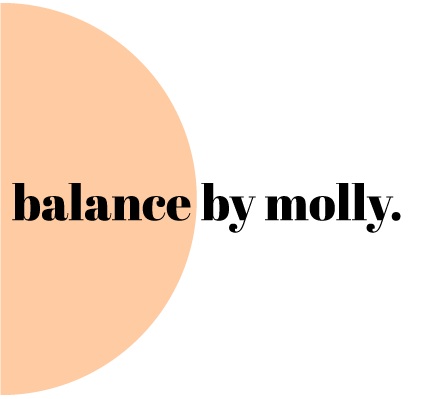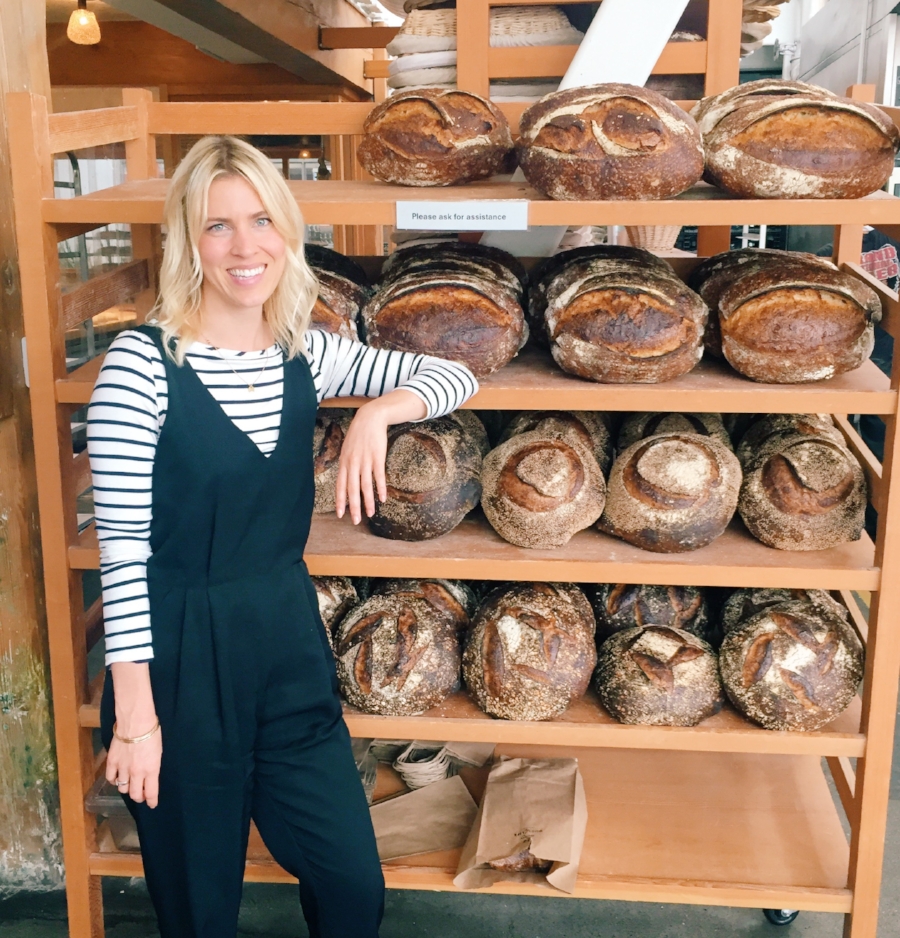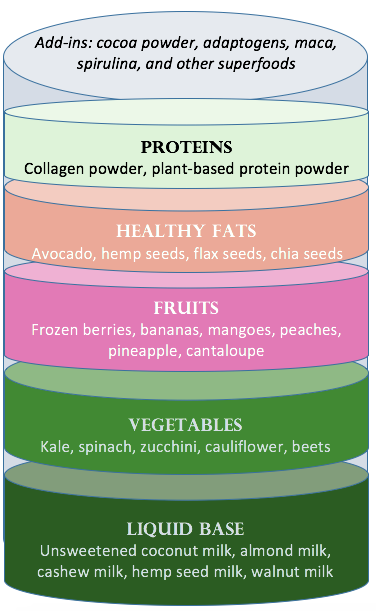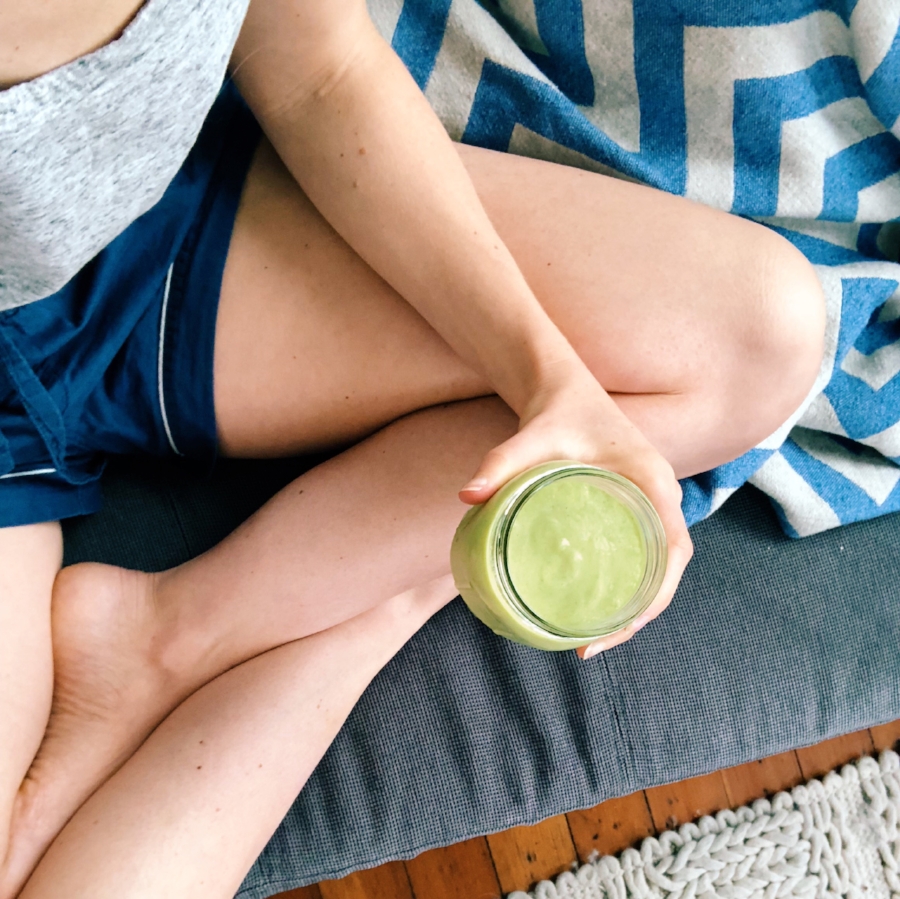I have never been to sure about the name "Buddha Bowl," but what I am sure about is that these vegan bowls always give me tons of energy. But really, who gave them this name? Ha ha, I kid I kid. I have been making renditions of my own lately, while on my 10-day Balanced gut reset, and wanted to share the key steps to building the perfect one! You don't have to be a vegan or even a plant lover to dive into one of these rainbow bowls, guaranteed to please the pickiest meat eater (a.k.a. ME!). So grab your biggest bowl and let's get going.
The only way to make a Buddha Bowl is to start with the biggest bowl you have. You are going to be packing in nutrient dense foods and the more the better. I get asked a lot about serving sizes, so I am going to break it down for you.
Let's start with the Buddha Bowl pictured above. Here are the five components that are key to making your bowl a stunner.
BASE: Kale and shredded cabbage: 2 cups total
CARB: 2 tbsp. Quinoa + 1/2 medium Sweet Potato
FAT: 1/4 Avocado + 2 tbsp. pumpkin seeds
PROTEIN: 1/4 Cup Black Beans (added after photo) + Quinoa
SAUCE: Spicy cashew sauce
CREATE YOUR BASE:
A sort of greens will do - spinach, kale, arugula, mixed greens, dandelion greens. For kale, massage with juice from 1/4 of a lemon and splash of olive oil. Rub this "marinade" on the chopped kale with your hands until it start to soften. You can also use grains as your base - brown rice and quinoa are favorites. Recently at Whole Foods I found a blend of brown rice, quinoa, buckwheat and millet that cooks up in 15 minutes. The perfect addition to any Buddha Bowl.
ADD YOUR CARBS:
When I say carbs, I mean gluten free grains or one of my favorite carbohydrate sources - sweet potato (hey hey paleo people!) Carbs are necessary for energy and can layer them in however you want in your bowl. I sautéed the sweet potatoes pictured here by peeling, chopping into cubes and cooking in olive oil on a cast iron skillet with chili powder, salt and pepper for 8-10 minutes flipping a few times.
ADD YOUR FATS:
I am a HUGE fan of fats. Especially fat sources that are rich in fiber like nuts, seeds and avocado. You can have tons of fun with your fat additions. Here I chose avocado and roasted pumpkin seeds. You could also do sunflower seeds or a sprinkle of hemp seeds. For nuts, I love roasting up some chopped, almonds, walnuts or hazelnuts. Cashews would make an amazing addition as well, I just so happened to use them in this bowl for the sauce. Hey yo!
ADD YOUR PROTEIN:
For a Buddha Bowl the trick is to pick a good plant based protein. If you are using beans or lentils, make sure you are adding a grain to get a complete protein (containing all nine essential amino acids). You can also cook up some tofu (non GMO brands I like are Hodo Soy and Wildwood) or fermented tofu, aka tempeh.
GET YOUR SAUCE ON:
This is where the flavor comes in and you have the choice to jazz it up any way that you would like! For this bowl I wanted something spicy. I used 1/2 cup of cashews and added 1/3 cup of water, 1/3 cup of olive oil, a squeeze of lemon and 1 tablespoon of sriracha (I like Wild Brine for a sugar and preservative free version). If you like creamy sauces, you can go with a Tahini Sauce - I love this recipe. I also really love adding pesto, Trader Joe's has a great vegan version, or make your own pesto sauce with avocado in it, here is my version that I am obsessed with.
OTHER TOPPINGS?!
Go for it! Throw some sauerkraut or Kimchi on there for some probiotics. Maybe even some berries, really the sky is the limit to design you own so go for it!!

















